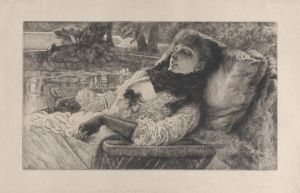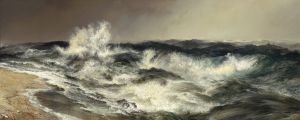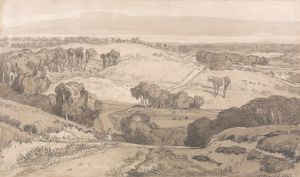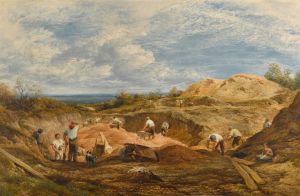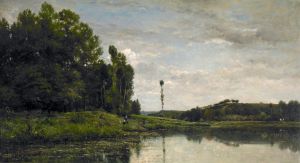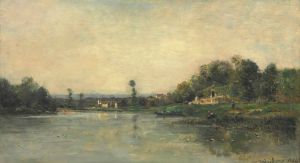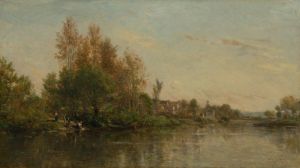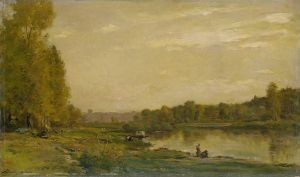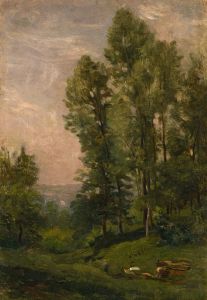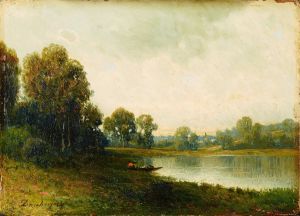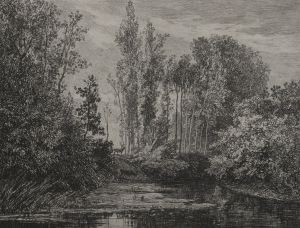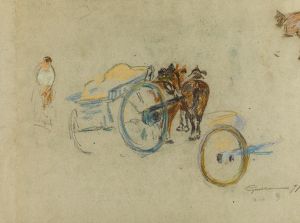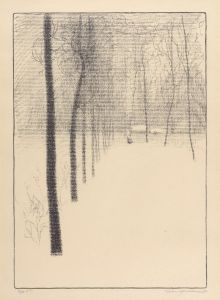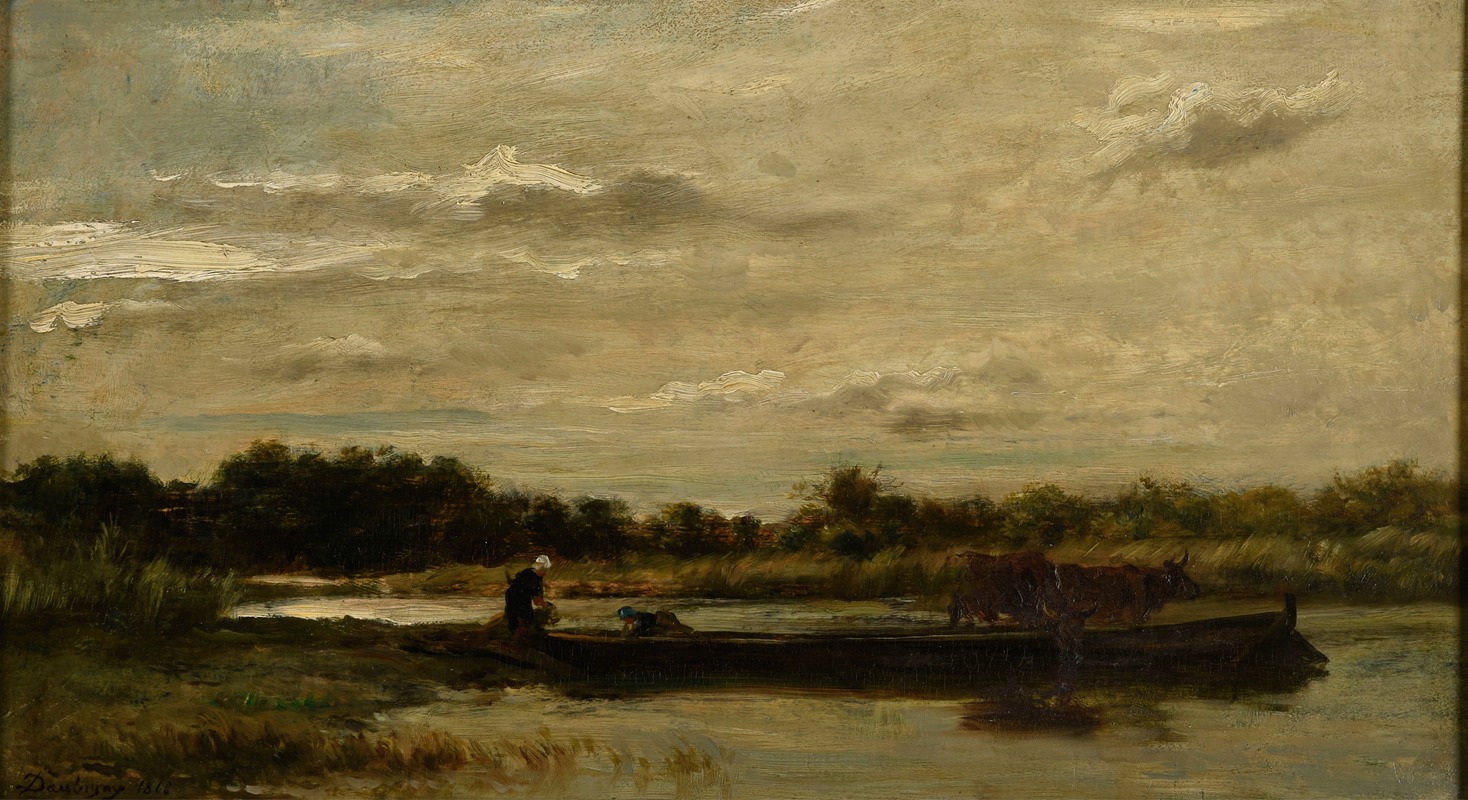
Le bac
A hand-painted replica of Charles François Daubigny’s masterpiece Le bac, meticulously crafted by professional artists to capture the true essence of the original. Each piece is created with museum-quality canvas and rare mineral pigments, carefully painted by experienced artists with delicate brushstrokes and rich, layered colors to perfectly recreate the texture of the original artwork. Unlike machine-printed reproductions, this hand-painted version brings the painting to life, infused with the artist’s emotions and skill in every stroke. Whether for personal collection or home decoration, it instantly elevates the artistic atmosphere of any space.
Charles François Daubigny, a prominent French landscape painter associated with the Barbizon School, created Le Bac (The Ferry) in 1868. This oil-on-canvas painting exemplifies Daubigny’s mastery in capturing the serene beauty of rural France and his innovative approach to plein air painting, which influenced the later Impressionist movement.
The artwork depicts a tranquil riverside scene, with a ferryboat crossing a calm body of water. The composition is characterized by its harmonious balance between the natural elements—trees, water, and sky—and the human activity represented by the ferry. Daubigny’s use of soft, diffused light and his delicate brushwork lend the painting a poetic quality, evoking a sense of quietude and connection with nature. The muted color palette, dominated by greens, blues, and earthy tones, enhances the peaceful atmosphere of the scene.
Daubigny was known for his preference for painting directly from nature, often working on a specially modified boat-studio he called Le Botin. This allowed him to explore and depict the landscapes along the rivers Seine and Oise with remarkable immediacy and authenticity. Le Bac is believed to reflect his deep familiarity with these regions, particularly the Oise River, where he spent much of his later life.
The painting aligns with the Barbizon School’s emphasis on naturalism and the rejection of idealized, academic landscapes. Instead of grandiose or historical themes, Daubigny focused on the everyday beauty of rural life and the interplay between humans and their environment. His innovative techniques, such as the use of broad, loose brushstrokes and an emphasis on atmospheric effects, paved the way for the Impressionists, including Claude Monet and Camille Pissarro, who admired and were influenced by his work.
Today, Le Bac is recognized as a significant example of Daubigny’s contribution to 19th-century landscape painting. The artwork is housed in the Musée d'Orsay in Paris, which holds an extensive collection of works from the Barbizon School and the Impressionist movement. Through Le Bac, viewers can appreciate Daubigny’s role as a transitional figure between the Barbizon School and Impressionism, as well as his enduring legacy in the history of art.





